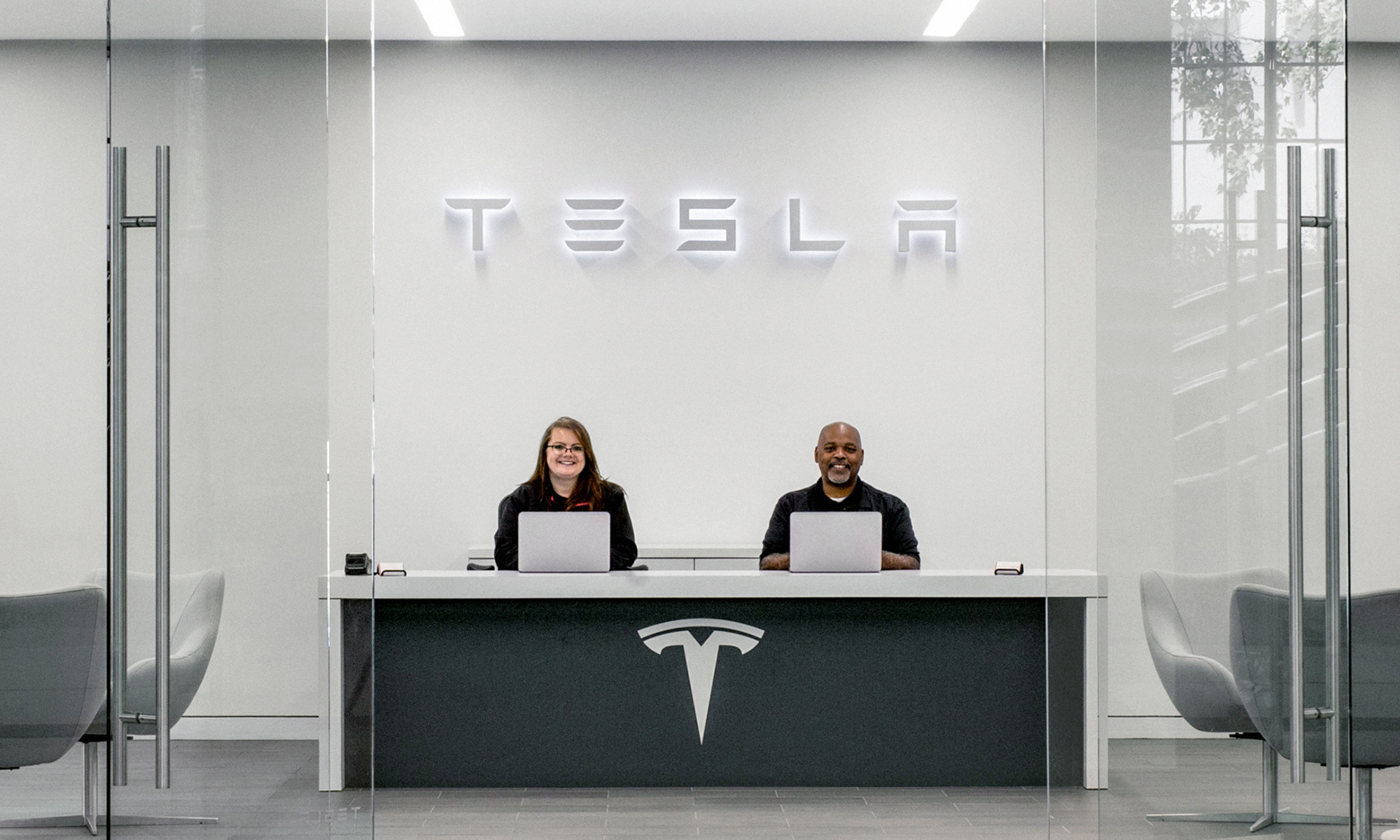Energy independence, a reduction in greenhouse gas emissions, lower fuel costs: All of these promises are factors behind the rise in electric vehicles' popularity. Unfortunately, they're more fiction than fact. Here's why, and how it could affect companies like Tesla Motors (TSLA 2.62%).
Do you want cancer with that battery?
Recently, the Environmental Protection Agency and the U.S. Department of Energy undertook a study to look at the environmental impact of lithium-ion batteries for EVs. The study showed that batteries that use cathodes with nickel and cobalt, as well as solvent-based electrode processing, have the highest potential for environmental impacts, including resource depletion, global warming, ecological toxicity, and human health. The largest contributing processes include those associated with the production, processing, and use of cobalt and nickel metal compounds, which may cause adverse respiratory, pulmonary, and neurological effects in those exposed.

Image source: Tesla.
In other words, li-ion batteries that contain nickel and cobalt have a significant effect on health and the environment. More specifically, this includes Panasonic's automotive grade li-ion batteries, which contain lithium, nickel, cobalt , and aluminum, and a proprietary cathode geometry developed jointly by Panasonic and Tesla -- and are currently used in the Model S.
Exchanging one energy dependency for another
The above sounds bad, right? It gets worse. One of the big pushes behind "green" vehicles is the goal of reducing the country's energy dependence. Consequently, when considering battery-powered vehicles that rely on lithium, it's important to ask where the lithium comes from.
The answer? Not America. That's not to say America doesn't have lithium, it does, but most of the lithium that America uses is imported from other countries. Precisely, according to the 2013 U.S. Geological Survey, from 2008-2011 America's import sources were: Argentina, 52%; Chile, 44%; and China, 3%. This necessarily leads to the next question, "Why does America prefer to rely on imported lithium?"
Simply put, lithium, in its pure form, doesn't occur naturally on Earth. So in order to obtain it, it must be mined through hard rock or salar brines. More importantly, salar brines -- the most economical and popular way of obtaining lithium -- destroy the environment. Friends of the Earth, Europe states:
The extraction of lithium has significant environmental and social impacts, especially due to water pollution and depletion. In addition, toxic chemicals are needed to process lithium. The release of such chemicals through leaching, spills or air emissions can harm communities, ecosystems and food production. Moreover, lithium extraction inevitably harms the soil and also causes air contamination.
And, the European Commission on Science for Environmental Policy states that "[lithium's] continued use needs to be monitored, especially as lithium mining's toxicity and location in places of natural beauty can cause significant environmental, health, and social impacts."
A bleak outlook
Clearly, the above isn't great news for those who are concerned about the environment beyond their backyards. And it's not the only bad news for EVs. The EPA found that when looking at life-cycle impact assessments, categories such as global warming potential, acidification potential (transformation of air pollutants into acids), eutrophication potential (water pollution often leading to excessive water weed/algae growth), ozone depletion potential, photochemical oxidation potential (air pollution), human toxicity potential, occupation cancer hazard, and occupational non-cancer hazard, the only time an EV battery scored better than a plug-in hybrid-electric vehicle's battery is in the category that measures potential for global warming.
Unfortunately, the EPA added this statement about global warming potential: "GWP benefit only appears when the electricity grid relies less on coal production and more on natural gas and renewables. ... Accordingly, in regions where the grid is more heavily coal-centric, the study results suggest that PHEV-40 vehicles may be preferable if global warming impacts are highly valued."
Obviously, that's bad news for EVs, which brings us back to Tesla. Tesla's made a name for itself as the future of "green" cars, and as of the time of this writing, its stock price is trading as if that's true. However, according to Climate Central, in 46 states Tesla's Model S is the least climate-friendly EV, and it's worse than all but two hybrids when it comes to CO2 emissions over 100,000 miles of driving. When you couple that with the above information from the EPA, it's clear that Tesla isn't nearly as "green" as it wants you to believe.
What to watch
EVs sound promising on the surface, but when you get down to the nitty-gritty, they're not nearly as environmentally friendly as they seem, nor do they help America become energy independent. Further, thanks to its battery, the Model S is even less environmentally friendly than most other EVs. As such, it doesn't meet the requirements for "green car of the future," which means Tesla's high stock price may be unsustainable in the long term.
Yes, the Model S is a nice car -- it should be for what you pay for it -- but the future of green technology? Not without a major overhaul of its battery. Further, if you're looking for an environmentally friendly car, greenercars.org, part of the American Council for an Energy-Efficient Economy, lists Toyota Motor's (TM +1.73%) Prius C as the Greenest Vehicle of 2013. It's closely followed by Honda Motor's (HMC +1.63%) Fit, and Volkswagen's (VLKAY +2.87%) Jetta Hybrid. Consequently, if you're looking for your next truly green auto stock, you may want to steer clear of Tesla Motors. Or, if you're just looking for an environmentally friendly ride, I'd take a closer look at the above three vehicles.









